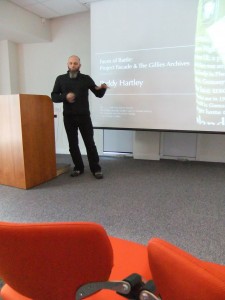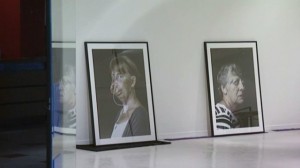In tandem with the workshop Representing and Historicising Les Gueules cassées, we are hosting a pop-up exhibition of Henry Williamson’s The Patriot’s Progress.
The book is the account of the World War I experience of a plain, unassuming man, John Bullock, and is remarkable both for the plainness of its narration and the synergy between text and image which takes place within it. It was William Kermode’s lino cuts, documenting his own experience of the Great War, which inspired Henry Williamson to write the harrowing account of John Bullock’s experience in the trenches on the battlefields of France. Besides Williamson’s unsentimental and beautifully crafted descriptions, it is the precise rawness and immediacy of William Kermode’s imagery that compelled us to return to this treasure from Special Collections, University of Exeter. The original manuscript is concurrently exhibited at Special Collections, the Old Library, University of Exeter.
Many thanks to Dr Christine Faunch Head of Heritage Collections, University of Exeter and the generous support of Exeter University’s Arts and Cultures.
David Houston Jones
Cristina Burke-Trees

